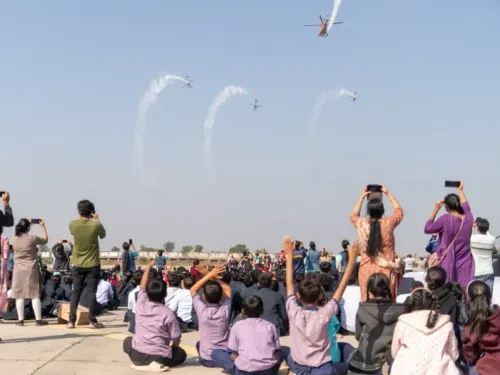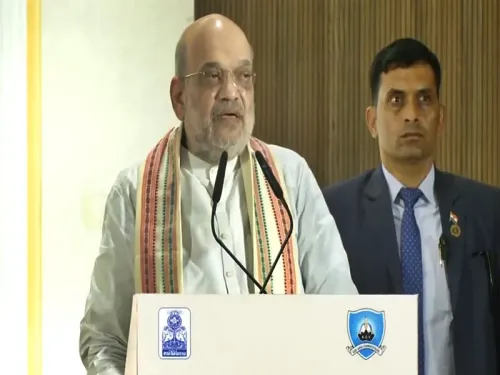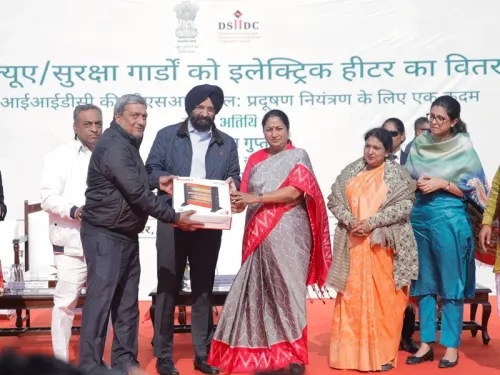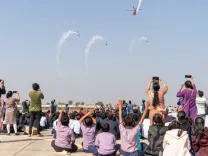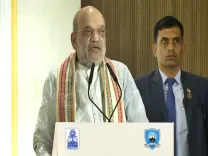What Message Does Operation Sindoor Convey to Pakistan?
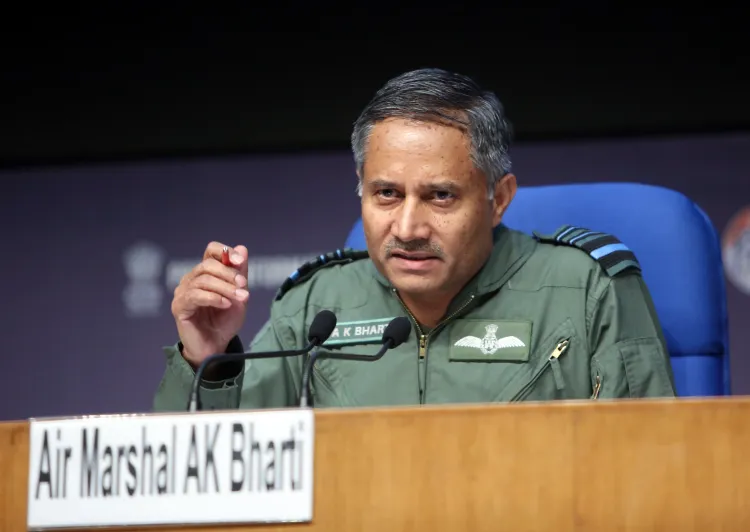
Synopsis
Key Takeaways
- India's air defense posture is robust and integrated.
- Operation Sindoor is a strategic message to adversaries.
- Indigenous systems demonstrate India's technological capabilities.
- Future provocations will be met with decisive action.
- Policy support has strengthened India's defense infrastructure.
New Delhi, May 12 (NationPress) In a compelling and detailed briefing, Air Marshal A.K. Bharti, the Director General of Air Operations, presented an in-depth evaluation of India’s formidable air defense and offensive capabilities during ‘Operation Sindoor’, initiated in reaction to the April 22 terror attack in Pahalgam.
Characterizing India’s air defense posture as “solid and unassailable,” Air Marshal Bharti at a press conference on Monday detailed the synchronized deployment of resources across the Indian Air Force, Army, and Navy. The three branches integrated their systems into a multi-tiered network that neutralized a broad spectrum of incoming threats, such as drones, missiles, and loitering munitions.
Reflecting the timeless wisdom of the Ramayana, India sent a strong message to Pakistan through the precise strikes of Operation Sindoor: when logic and restraint are disregarded, decisive action is essential.
In a poignant moment during the briefing, Bharti referenced a line from the Ramcharitmanas to underscore the philosophical foundation of India's response: “Vinay na maanat jaladhi jaḍ, gaye teen din beet. Bole Ram sakop tab, bhay binu hoye na preet.” (When humility fails against stubbornness, and days pass without resolution, then decisive action is required. Fear is necessary to ensure respect and peace.) This verse, reflecting Lord Ram’s decision to confront the ocean god's obstinacy, was cited to reinforce India's doctrine of calibrated, restrained force in response to ongoing terror provocations.
“Our battle-tested systems have proven their worth and met challenges head-on. A standout feature has been the impressive performance of our indigenous air defense system, the Akash system. The establishment of a potent air defense environment has been made possible due to financial and policy support from the Government of India over the past decade,” Bharti remarked.
India’s air defense grid, as described by Bharti, included low-level artillery and portable shoulder-fired systems for point defense. These were augmented by fighter jets and long-range missile systems covering higher altitudes and distances. Multiple Pakistani drones and UAVs were neutralized using both soft-kill (jamming) and hard-kill (kinetic) counter-UAS technologies, he confirmed.
The IAF successfully countered Chinese-origin PL-15 long-range air-to-air missiles and Turkish-origin Yiha loitering munitions. Visual evidence of quadcopters being downed by our air defense systems was presented during the briefing.
Air Marshal Bharti confirmed that India executed targeted strikes throughout Pakistan. Two significant Pakistani airbases were confirmed as hit:
Nur Khan Air Base: Video footage was presented as evidence of precision targeting.
Rahimyar Khan Air Base: Satellite imagery confirmed craters on the runway, rendering it temporarily non-operational.
The offensive strikes were part of a broader strategy aimed at deterring further cross-border aggression by targeting vital military infrastructure in Pakistan, without escalating to full-scale conflict.
India’s political and military leadership has made it clear that Operation Sindoor is not an isolated incident but part of a strategic shift in deterrence posture. By showcasing its capability to carry out precision strikes and deploy a credible multi-domain defense, India has indicated a new normal to its adversaries.
Pakistan’s repeated use of drones, missiles, and loitering munitions—many sourced from abroad—was met with technologically superior countermeasures, reinforcing India’s defensive edge and indigenous capabilities. The Indian Air Force remains on high alert, and future violations or provocations “will not be tolerated.”


